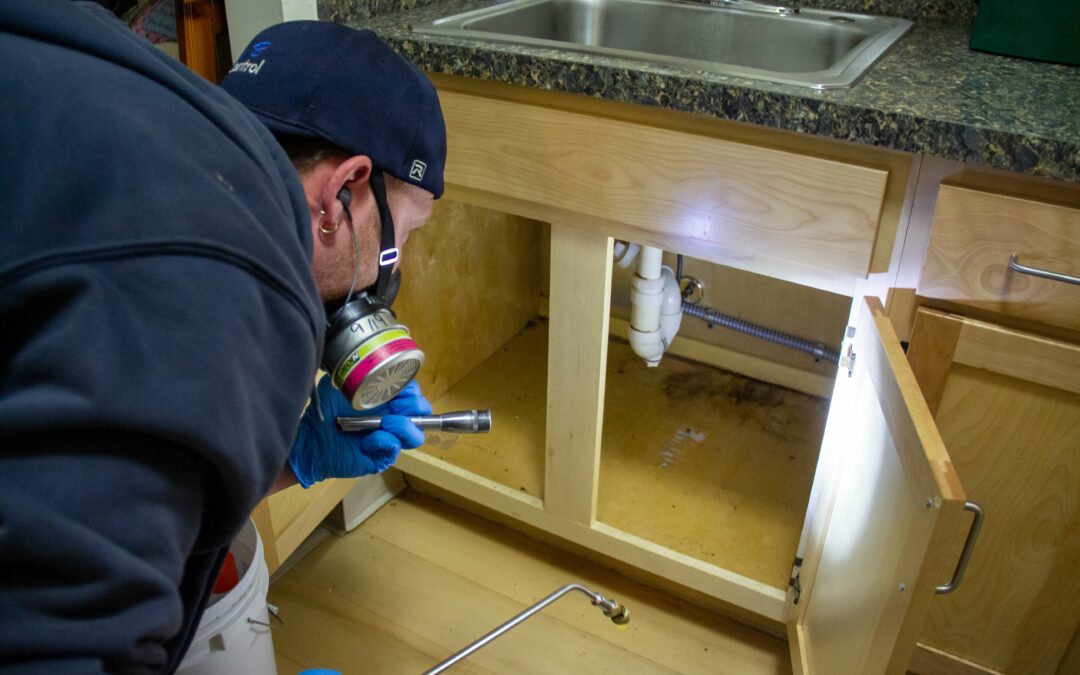According to the National Pest Management Association, ants are the most common nuisance pests of homes in the US, and residential ant infestation rates have been increasing in recent years, likely as a result of climate change. Less than a week ago, on April 27th, representatives of a Boston-based internet marketing company stated that online search queries concerning ant control in homes have increased by 420 percent over the past two months. Of course, all insect pests become active during the spring season in response to rising temperatures, but the current influx in ant pest activity may be associated with the ongoing coronavirus quarantine.
In an effort to adhere to quarantine and social distancing guidelines, people are buying massive amounts of groceries and storing them in odd places after running out of cabinet and pantry space. Unfortunately, it is likely that many people are storing food in areas that are easily accessible to foraging ant pests. Also, millions of people have been eating all of their meals within their home for the past two months, making crumbs prevalent within homes that are usually well sanitized. Urban ant pests frequently invade homes solely to seek out food sources, and most ant pest species eat a variety of food scraps, not just sweets. The current situation is also leading to an abundance of food-waste in residential garbage bins, which is what may be attracting ant pests onto properties in the first place.
The ant species that often forage within Massachusetts homes include odorous house ants, black carpenter ants, pavement ants, thief ants, and Pharaoh ants, all of which are known to feed on meats, fats, and sweets. While many pest control professionals agree that indoor food storage and sanitation habits are contributing to the current boom in ant pest complaints, a recent survey found that more than half of all pest control professionals nationwide have noticed an increase in ant infestations during the past decade. The survey also found that kitchens and bathrooms are the rooms that ant pests infest most often, and 75 percent of all ant infestations see the pests congregate within wall voids. Unfortunately, 75 percent of all pest control professionals surveyed believe that consumers are unaware that many ant pests contaminate stored foods within homes.
Have you ever found ants infesting stored food within your home?

